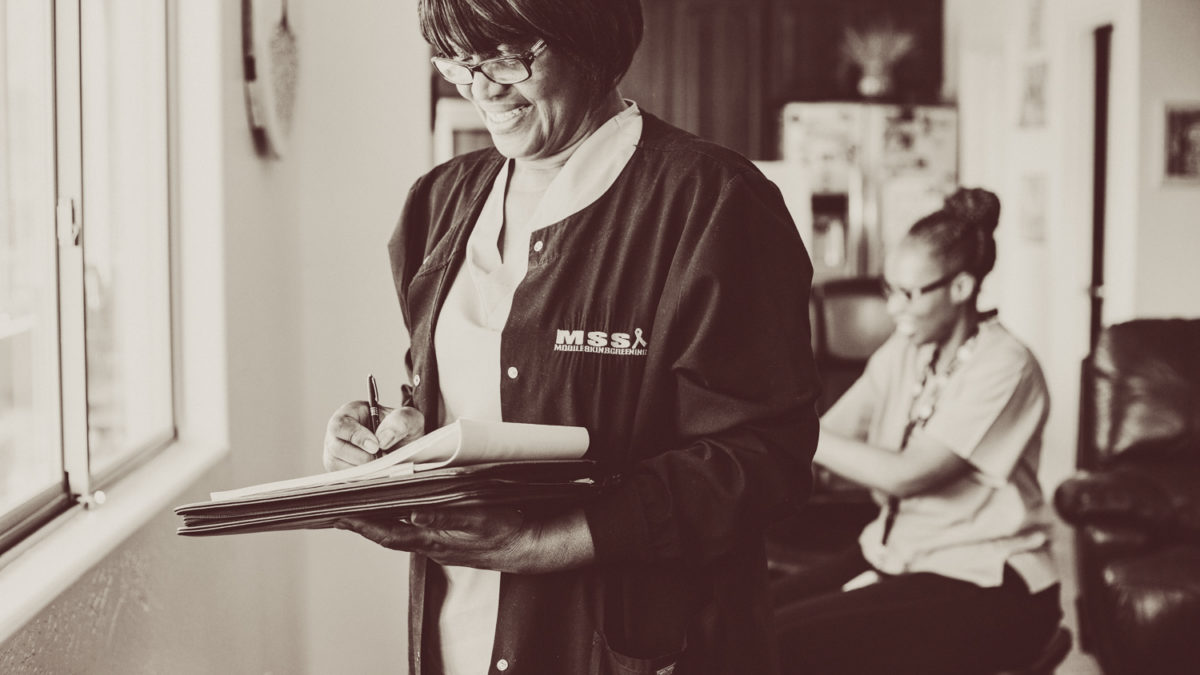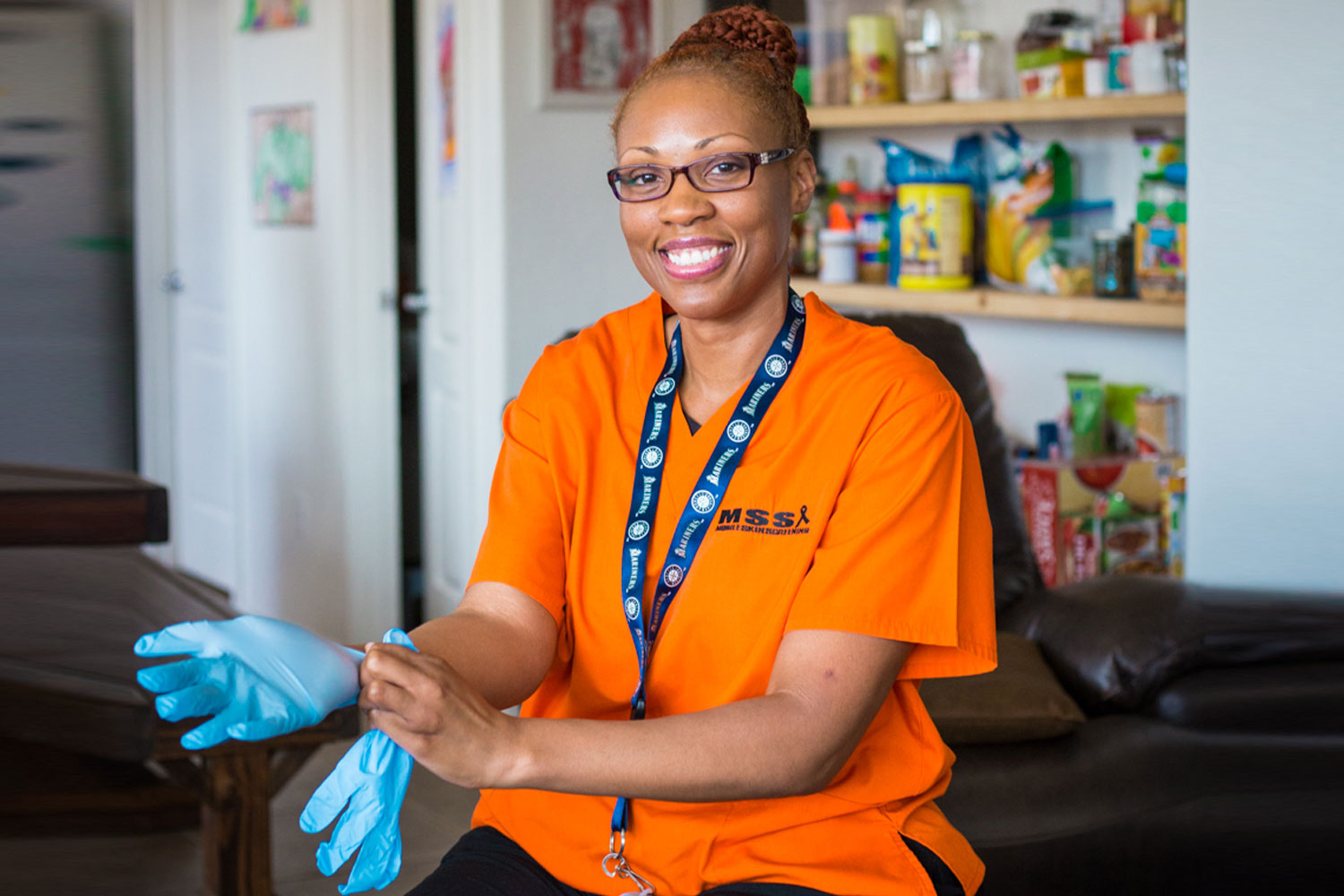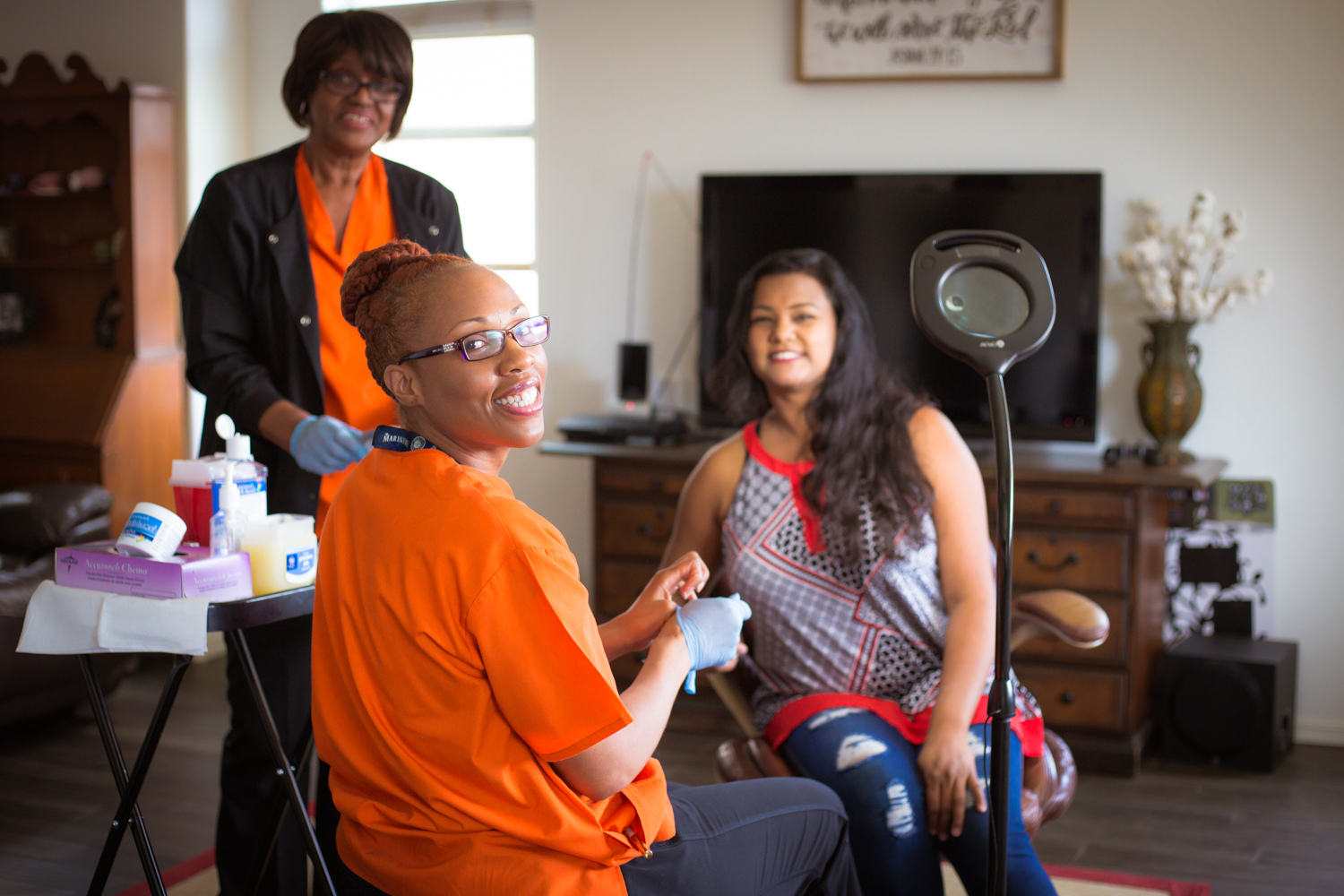
Top 5 Reasons Why People Avoid Dermatology Checkups
May 7, 2018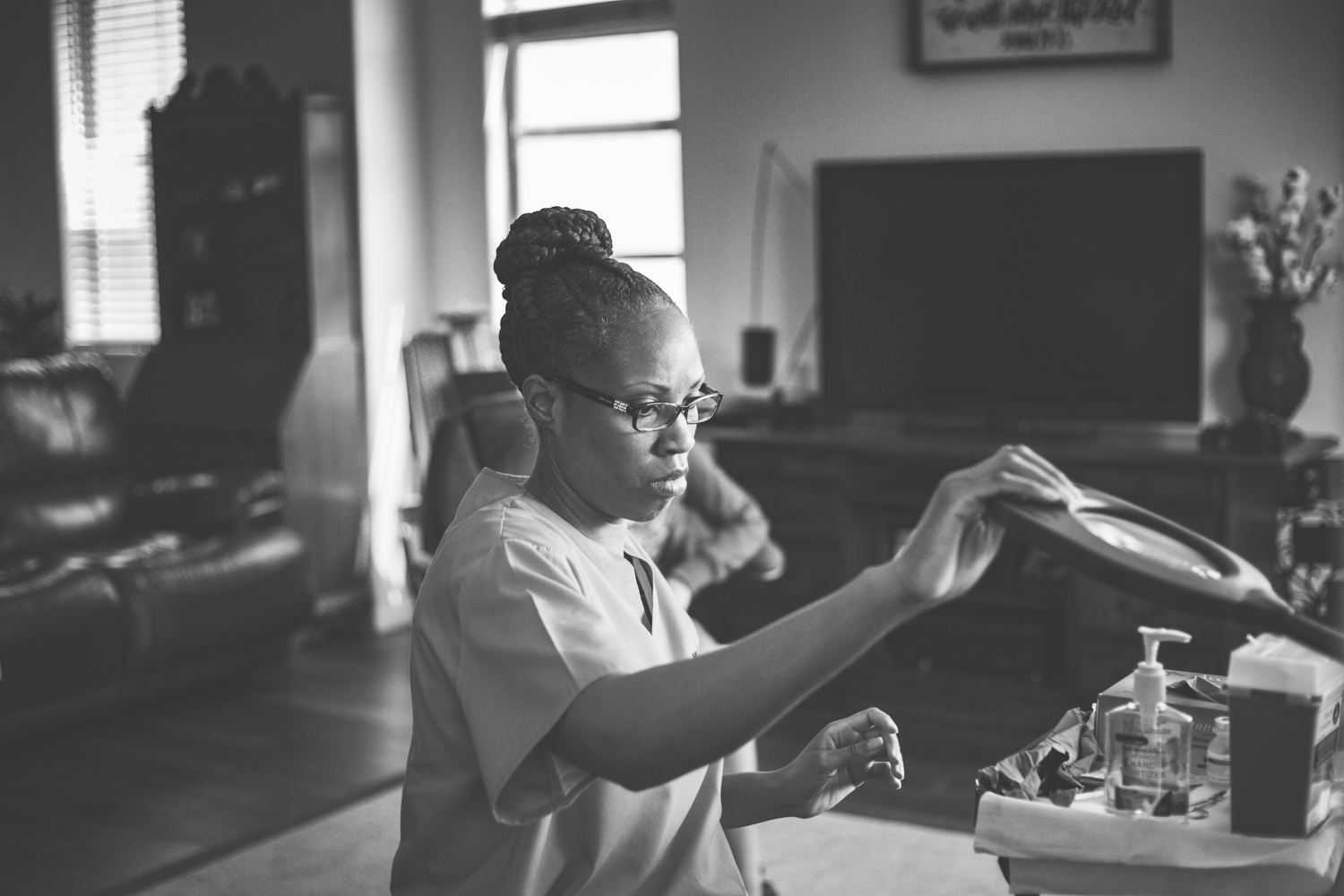
ABCDE Guide For Checking Moles
May 8, 2018Before we discuss the top 5 places on the body where skin cancer is found, I wanted to provide an overview on the seriousness of the condition. Melanoma is a deadly skin cancer that if not caught in time, can spread to the lymph nodes to other organs of the body. The American Cancer Society estimates 91,270 new cases of melanoma will be diagnosed in the US in 2018 – 1,880 in Arizona. It is estimated that this year there will be 9,320 deaths from the condition. Did you know Bob Marley died from Melanoma?
Understanding Sun Exposure in Relation to Melanoma

Although most cases are caused by ultraviolet rays, it doesn’t mean living in Phoenix, Arizona is more dangerous. To be honest, I think people in Arizona protect themselves better due to the intensity of the sun during the summer. Consider some of the 16 states that are estimated to have more cases of melanoma cases: Indiana, Michigan, Washington, Massachusetts and New York. To me, this proves that education on prevention is where the opportunity lies.
Even if it doesn’t seem that hot outside, exposure to the sun can still be damaging. California and Florida are projected to have the highest rates of melanoma (9,830 and 7,940 respectively), proving this assumption. A cool ocean breeze doesn’t protect your skin. Knowing where skin cancer is found will help you prevent situations that can be troublesome.
Knowing Where to Look For Skin Cancer is the First Step
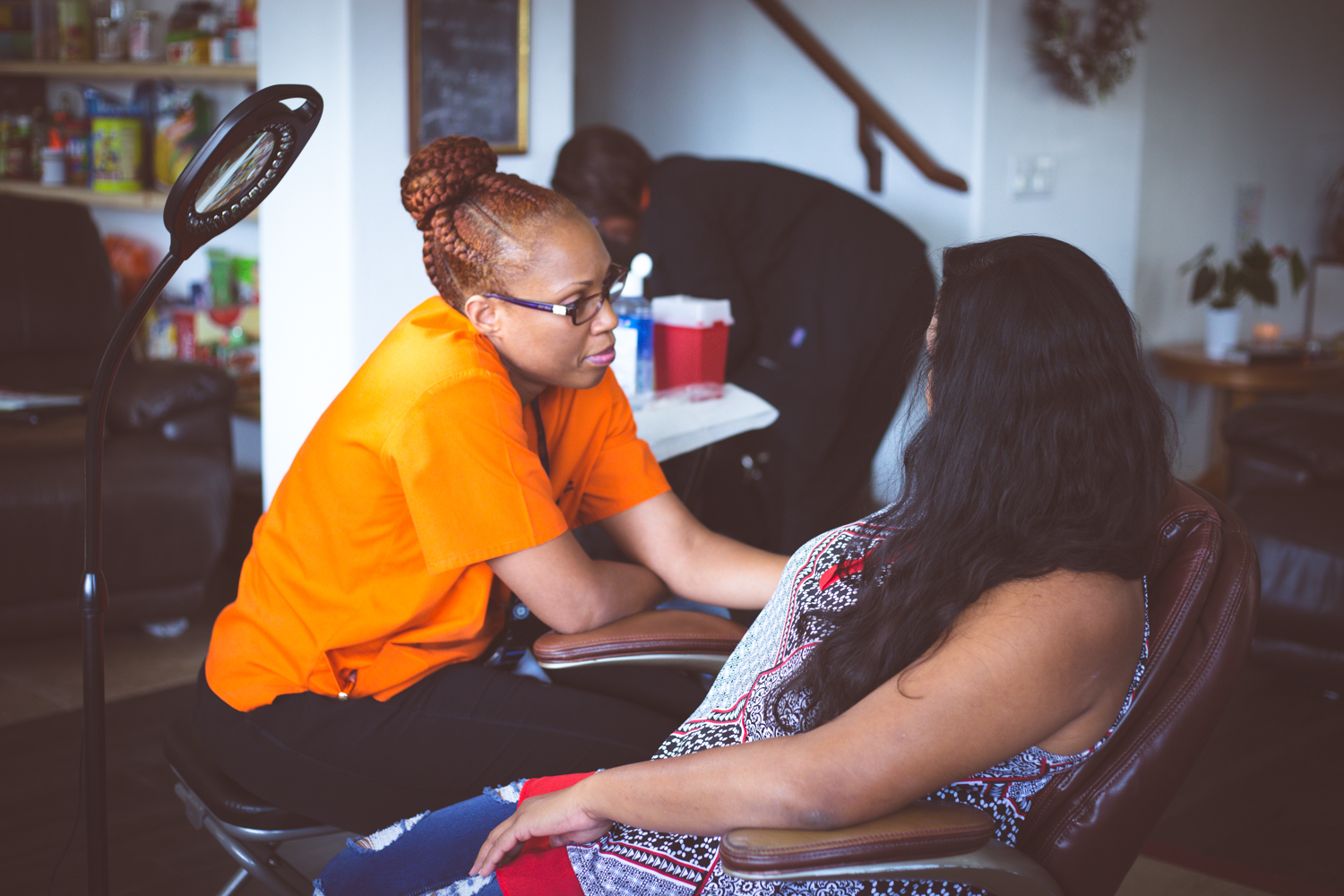
For example, if you had a mole for 20 years that has not changed in size, color or appearance it’s probably a healthy mole. You can learn more about what to look for by using the ABCDE method (Asymmetry, Border, Color, Diameter, Evolving). But for now, let’s focus on where skin cancer is found most.
- The Back of Your Legs: People wear shorts/skirts and tend to forget to apply sunscreen to the back of legs.
- The Trunk of Your Back: Most men go shirtless and forget to apply or reapply sunscreen on their back – or simply avoid applying more because of the difficulty.
- Hands and Arms: These limbs are always exposed to the sun year round, especially when we’re driving. The frequent washing of hands also plays a role.
- Ears: Many people don’t wear an appropriate hat to cover their ears or they forget to apply sunscreen here.
- Face and Neck: Thinner skin on the face and neck makes it easier for the area to become burned. Many people don’t like applying sunscreen on their face due to acne concerns or the way it feels. Many of us also frequently wipe of sweat from this area and assume facial hair is enough protection.
Although these are the most common areas where skin cancer is found, it’s always best to inspect the entire body when you can. Ultraviolet rays can creep into places we’d least expect due to unorthodox body positions and reflected light. Melanoma can alter your life. Doing all you can to prevent a life changing event is worth it in the long run. Worst case scenario is you have peace of mind with it all.
Tips For Skin Cancer Prevention
The best ways to reduce your chance of developing skin cancer include:
- Avoid being out in the sun when the sun is most intense (i.e., between the hours of 10am and 5pm),
- Seek shade when outdoors
- Wear long sleeves, long pants or skirts made of tightly woven fabric.
- Wear a wide-brimmed hat or use an umbrella (baseball hats do not properly protect your ears, back of scalp or neck.
- Wear sunglasses that block ultraviolet rays (you can develop melanoma in the eye)
- Apply broad-spectrum sunscreen that has a sun protection factor SPF 30 or higher to sun-exposed skin (make sure your chapstick contains an SPF to reduce your chance of developing skin cancer on the lips).
- Avoid sunbathing or indoor tanning.
If you’re interested in learning more about our in-home services, we’d love to hear from you. We’re committed to making dermatology more accessible, convenient, through and personal.

